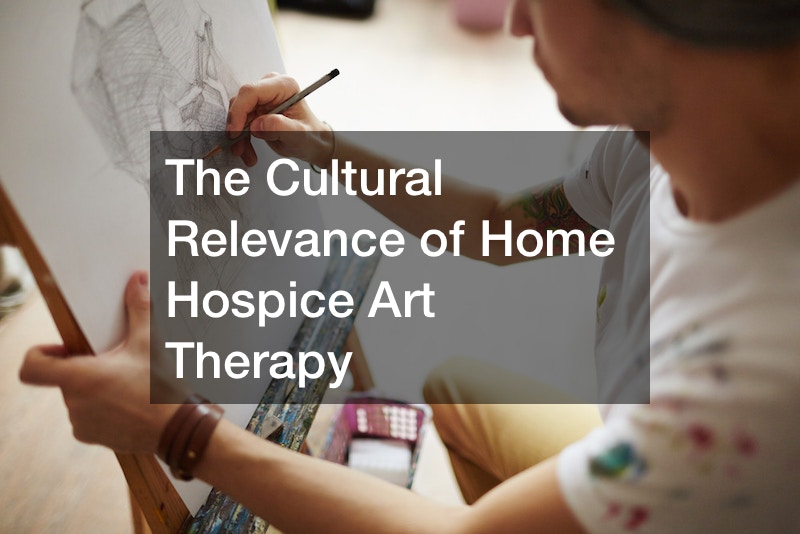ortality. The art therapy process is not just a passive distraction. It helps patients confront and resolve existential conflicts in their mind.
An article in the Journal of the American Art Therapy Association discovered that people who draw with an artist therapist are able to move past feelings of anxiety and dread to embrace the dying process. Participants who participate in the 22 sessions a week have a higher chance of finding an understanding.
Culturally, death has been an important issue. There are some cultures that avoid discussing death altogether. However, art is great for encouraging self-expression. Through the art of therapy, patients are able to express what’s difficult to express through words. This can be a means of speaking about the death.
If the patient isn’t going to have the time they need to live they have to prepare themselves and their families emotionally and financially. After a patient is declared dead it is possible to arrange for the distribution of their estate. This can be done by seeking the advice of a probate attorney who will offer advice to the executor. These procedures are made much easier through therapeutic art at home.
A different important function of art therapy is helping the patient relax. The term “home hospice” doesn’t necessarily mean that the patient has given up. Patients may be struggling with tension, and their relatives. A patient can be helped to release tension by an art therapy.
2. Dealing with Serious Illness Physical Reality
As chronic illnesses progress, they face physical realities such as reduced mobility, sensorimotor functions, as well as pain. A lot of medical treatments include medical visits to hospitals and medications. However, art therapy is also a scientifically approved strategy to cope with the physical demands of serious illness in end-of-life treatment.
The process can cause an increase in pain and confusion. Hospital stays and infusions can be increased. As per the AATA Art therapy may serve as a distraction or the opposite.
3oc3ehveov.
